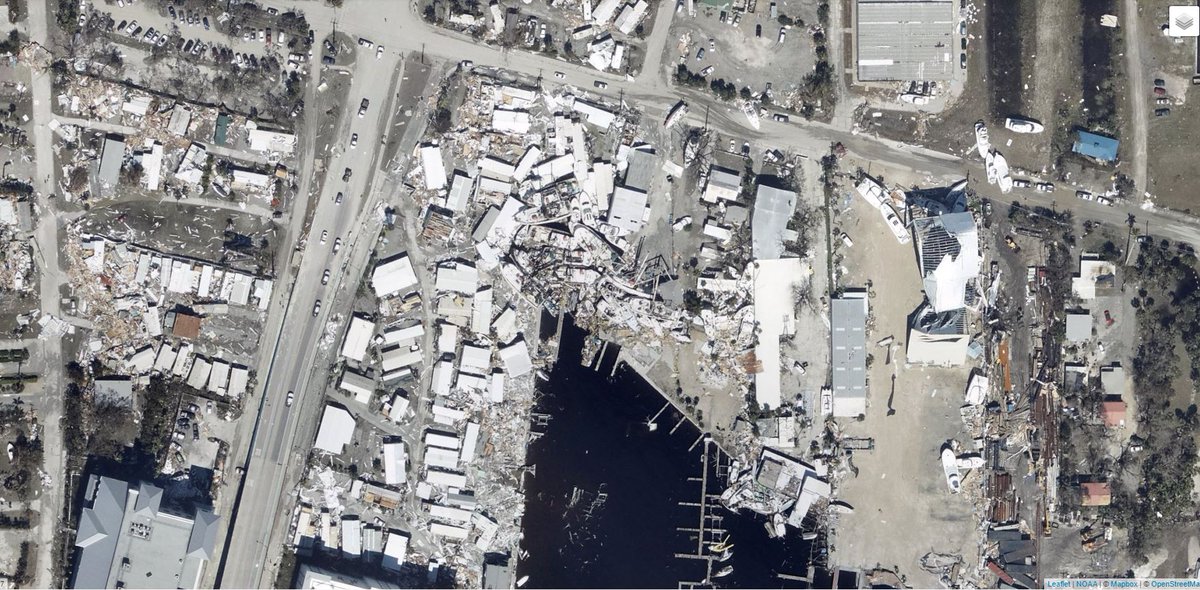
#ExtremeWeather Update
The NHC has updated its view on #Invest91L and now gives it a 60% chance of Tropical Storm formation in 2 days.
I'm wondering if it may already be a tropical storm as it has grown significantly in size in recent hours.

The NHC has updated its view on #Invest91L and now gives it a 60% chance of Tropical Storm formation in 2 days.
I'm wondering if it may already be a tropical storm as it has grown significantly in size in recent hours.
https://twitter.com/althecat/status/1577305617143930882


The official NHC call is now 40% formation chance for #Invest91L in 48 hours 60% in 5 days. But I suspect that's still a significant over-estimation. 







This was early this morning before sunrise - long animation loop.
And this is from around 4am EDT. Still pretty ragged. At that stage NHC was giving it a 20% formation chance in 2 days.
And this is what it looks like now in a diagnostic. Those green sprites indicate super high altitude cloud formations.
And here's a visial picture of what happened to #Invest91L at sunrise (near live satellite images from @zoom_earth). It looks like it is exploding.
@zoom_earth Its already 554kms across. 

• • •
Missing some Tweet in this thread? You can try to
force a refresh


















